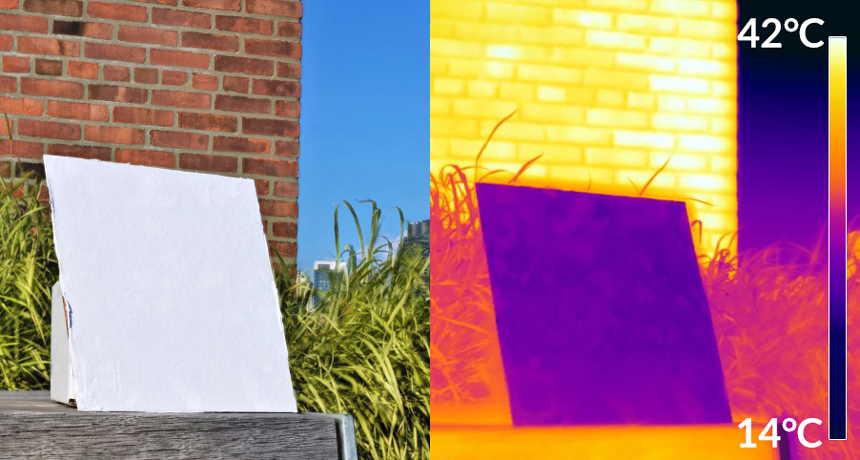Since the world is getting warmer, there will be more head waves on the rise all over the world. More frequent and more intense, they can make your life hell during the summer and the hardest to be hit are the developing countries. That’s because they are positioned where heat waves are more extreme rather than on other parts of the worlds and also, the cooling methods which are available here are more difficult to implement there because of the cost.
That’s why passive cooling is the way to go. By passive cooling we mean the lack of requirement for electricity or any other form of energy input used for cooling down your house. Cheap polymers, like plastic can actually prove as extremely efficient heat radiators, which can make them ideal sources of passive daytime radiative cooling (or PDRC).
However, in order for this to happen, scientists need to find a way of turning these normally transparent surfaces into something capable of reflecting sunlight without having to resort to silver mirrors. Apparently, there is a team of researches down at Colombia University who has finally managed to do it. The study was published in Science and the authors state that they managed to coat a PDRC polymer with micro and nano-scale voids which can act as passive air coolers.
What is amazing about this discovery is that this coating can be applied as paint on anything, from rooftops, to cars and buildings. For a surface to be effective in passive cooling it needs to have a high solar reflectance. This results in a net heat loss effect even when that area is a subject of intense sunlight. Usually, the cheapest and most commonly used PDRC is white paint and if you ever switched a black shirt for a white tee during a hot summer day, then you know exactly why.


